Rachel Van Noordt
Arts and Features Writer
[email protected]
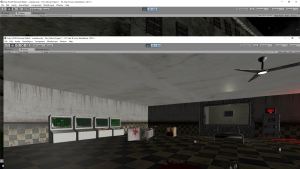
A new course on campus combines coding and animation to create new realities for virtual reality.
Kenneth Bogert, Ph.D., began teaching virtual reality this spring semester. The class is offered to advanced computer science and new media students due to the level of technical skill needed to create these environments.
Bogert said the course is based on groups working together on their projects. Each team is comprised of a computer science student and a new media student. The groups must complete three VR projects throughout the semester. The projects are not necessarily games, but must meet course requirements.
“This course has a large amount of technical requirements the students must meet including 3-D model design, project management and software development for games,” Bogert said.
The lab space used by the VR course includes new, high-capacity hardware. Some of the hardware includes two HTC Vives, Alienware desktops, haptic displays, as well as hand and full-body trackers and controllers.
Virtual reality stands apart from other interfaces due to its fully-immersive display. The environment one enters is a complete 360-degree of interactivity.
Felicia Buchanan, a senior computer science student in the VR course, said her first experience with virtual reality was surprising. Suddenly she was in a VR horror game, forgetting she was safe and sound on her friend’s couch.
“It blew me away! I realized how powerful a medium VR is, allowing you to completely forget the real world and become immersed in a virtual one,” Buchanan said.
Buchanan’s group partner, Finn Barrett, had only seen VR played online before entering the course. Barrett was skeptical of VR before they tried it — they doubted the environment would be as immersive as they found it to be.
“Honestly, I doubted that it was going to be as immersive as it is, but once you put on the headset and the headphones — aside from sense of smell and taste and touch — it’s immersive enough in its visuals and its audios to make you forget you’re wearing a headset,” Barrett said.
Barrett and Buchanan are in the process of creating a horror game based on an abandoned hospital. This was inspired by the group’s love for horror games and the abandoned Waverly Hills Sanatorium in Kentucky.
A difficulty the group ran into with creating VR environments was learning to avoid inducing nausea on the user. Barrett said causing motion sickness is oddly easy to do with a VR system. Barrett even admitted to making Bogert suffer from motion sickness.
“We had a glitch in the game when he was demoing our first project,” Barrett said.
An object in their game shared the same space as another, causing other images to jump around. Beyond that, Barrett said sizing objects in comparison to a human can be time-consuming.
Though the drawbacks of current VR systems include numerous cords, short battery life and limited accessibility, VR is no longer a thing of the future. Since VR equipment has reached consumer level, Bogert said the possibilities of this equipment are expansive. He said this technology could be used for nearly anything ranging from medical treatment for PTSD, flight simulations, data visualization, art or movies.
“Additionally, as a developer, VR opens so many creative avenues that one can explore. Altering and controlling a user’s perception of reality is a momentous but rewarding task,” Buchanan said.



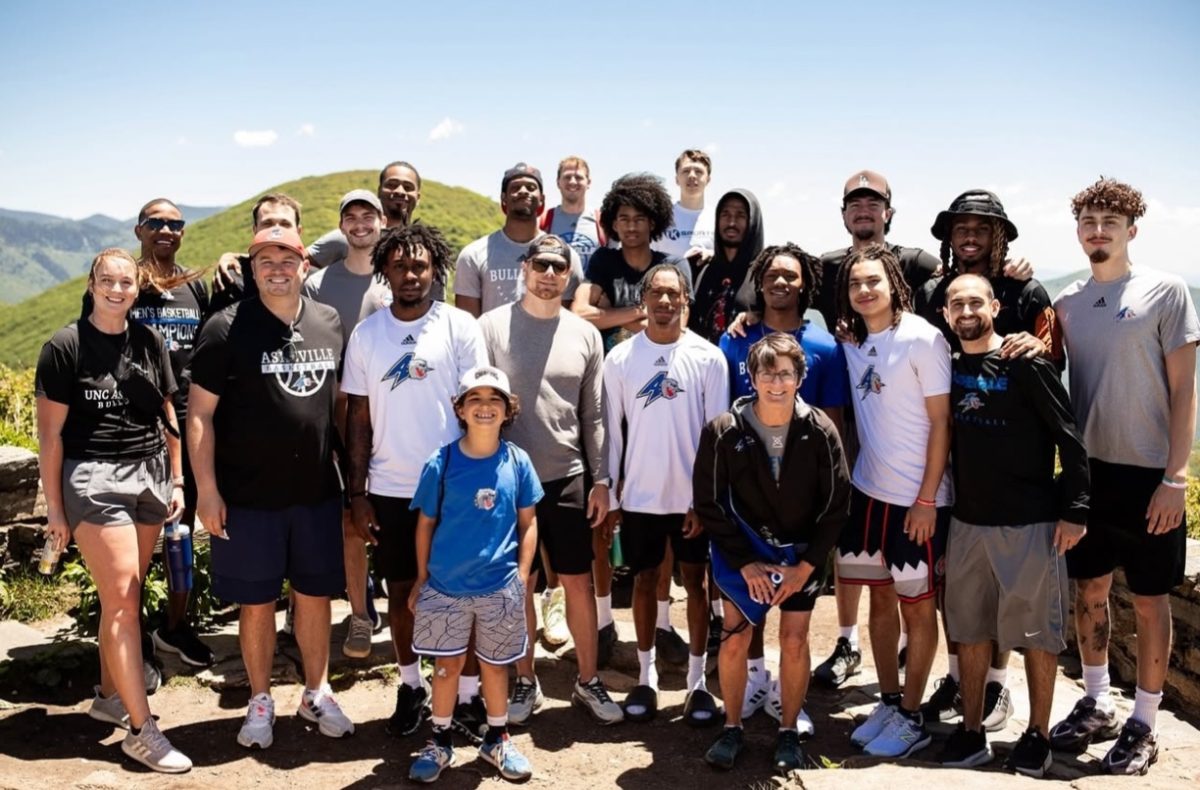
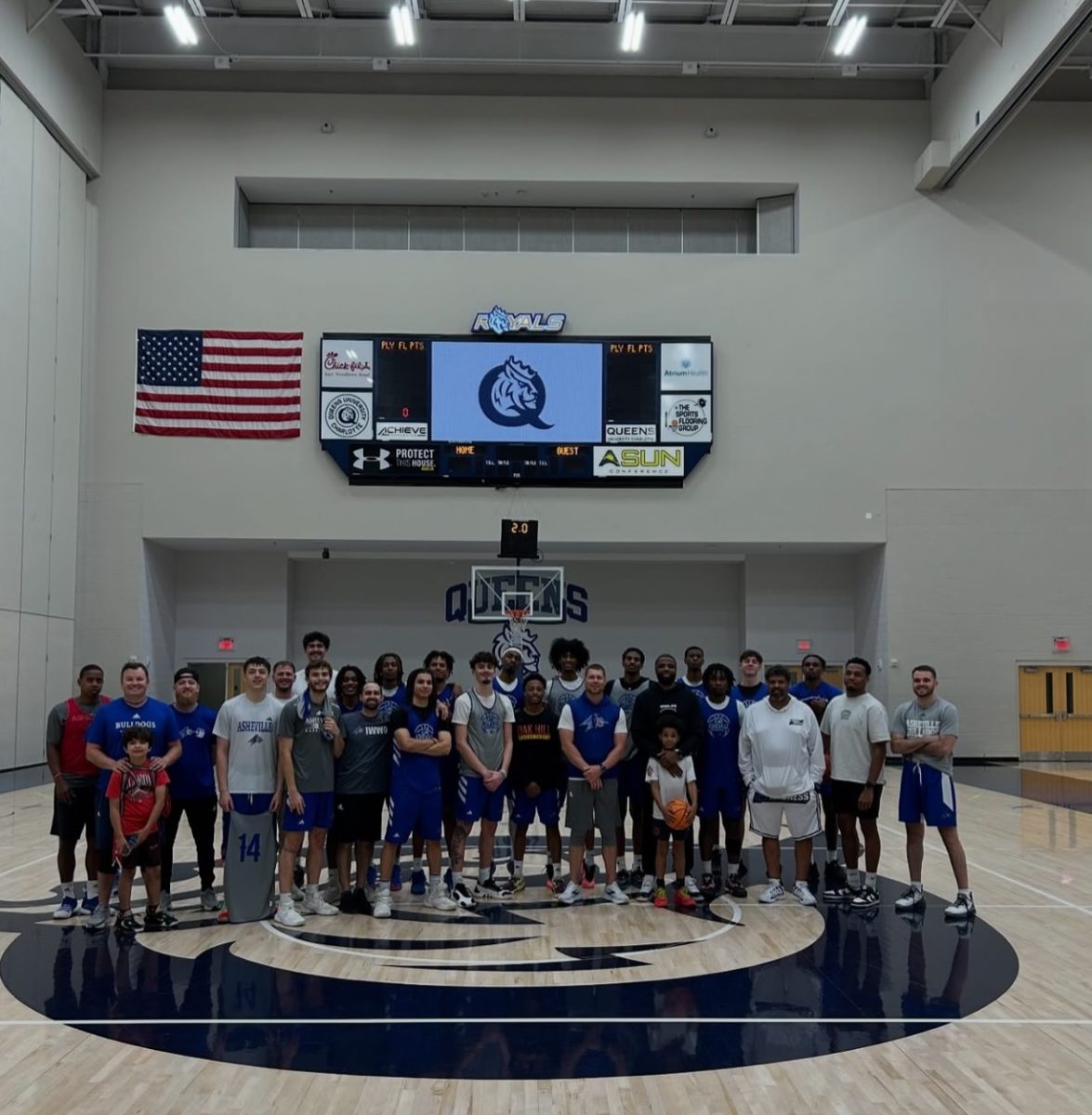

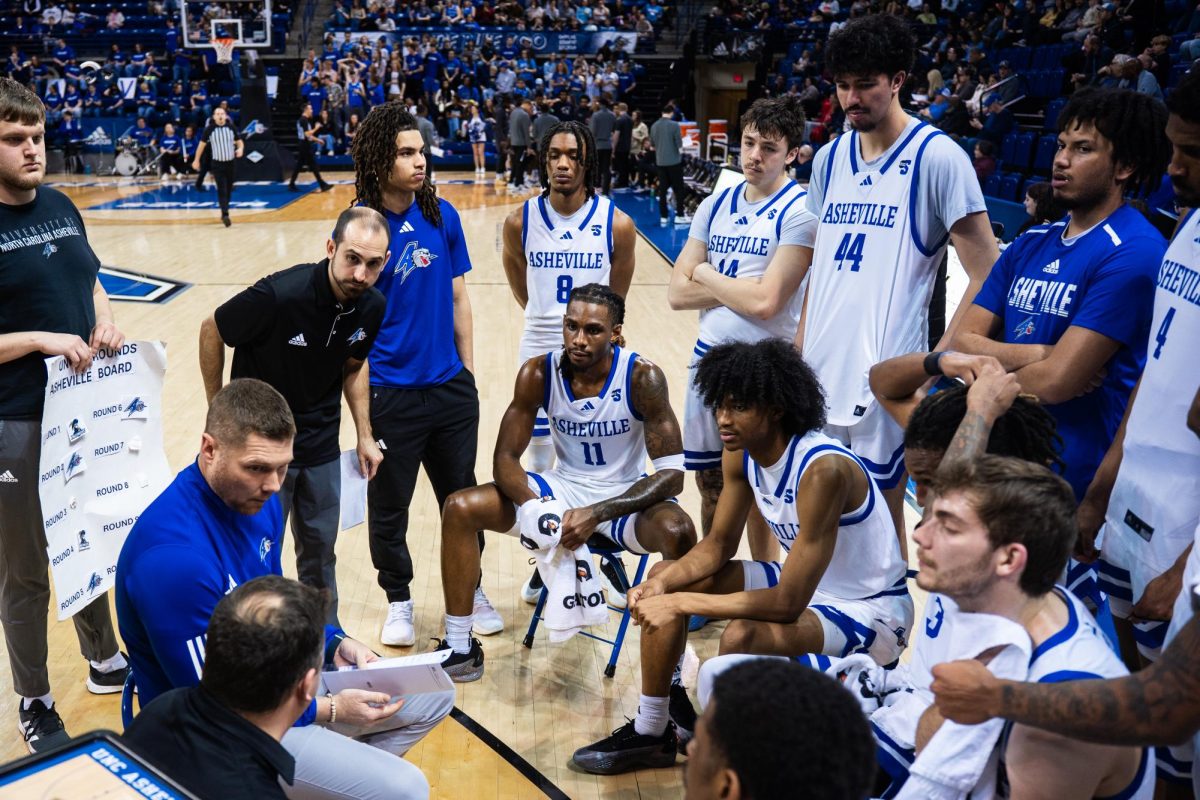




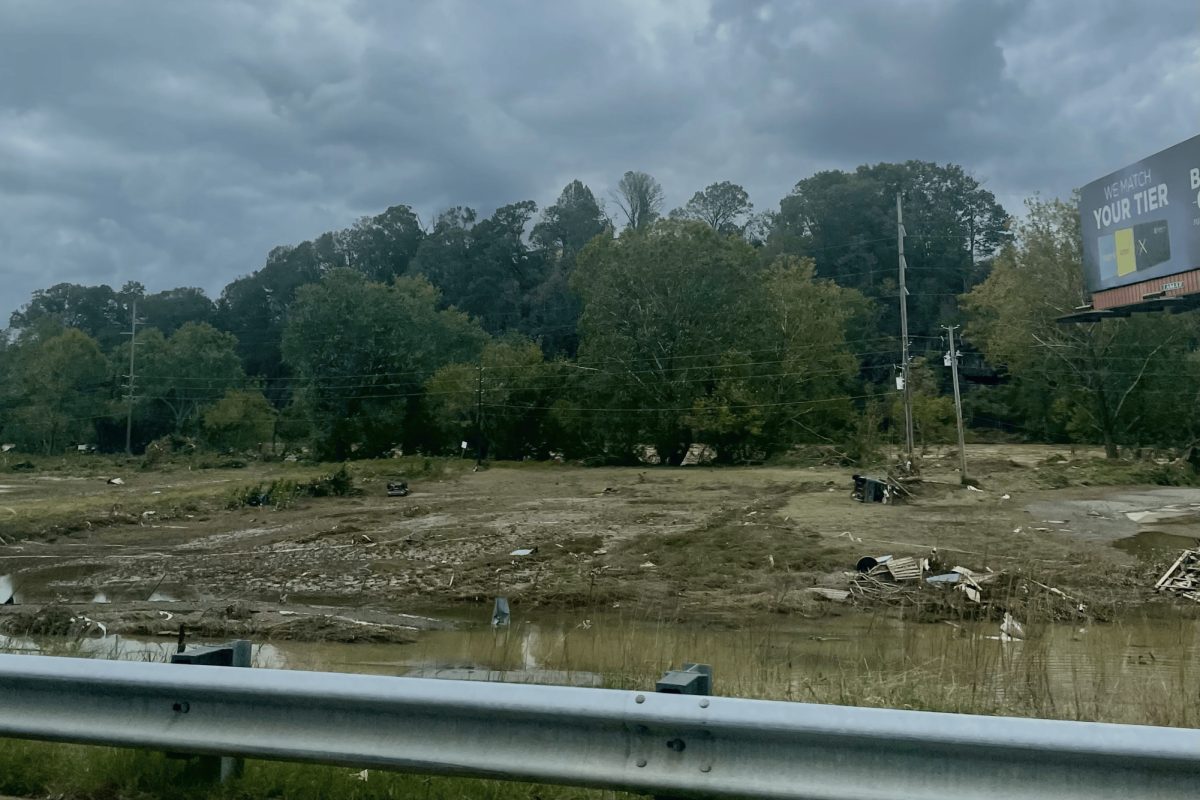

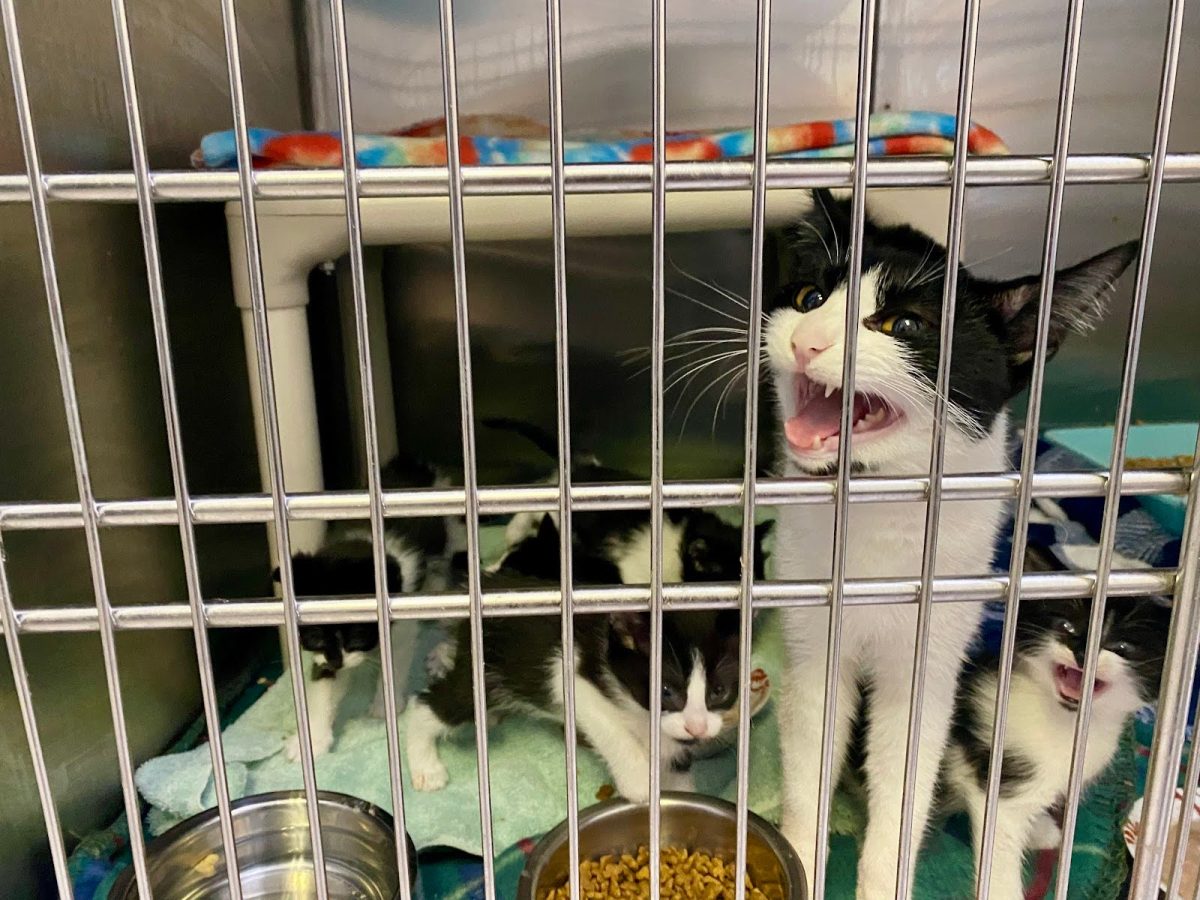
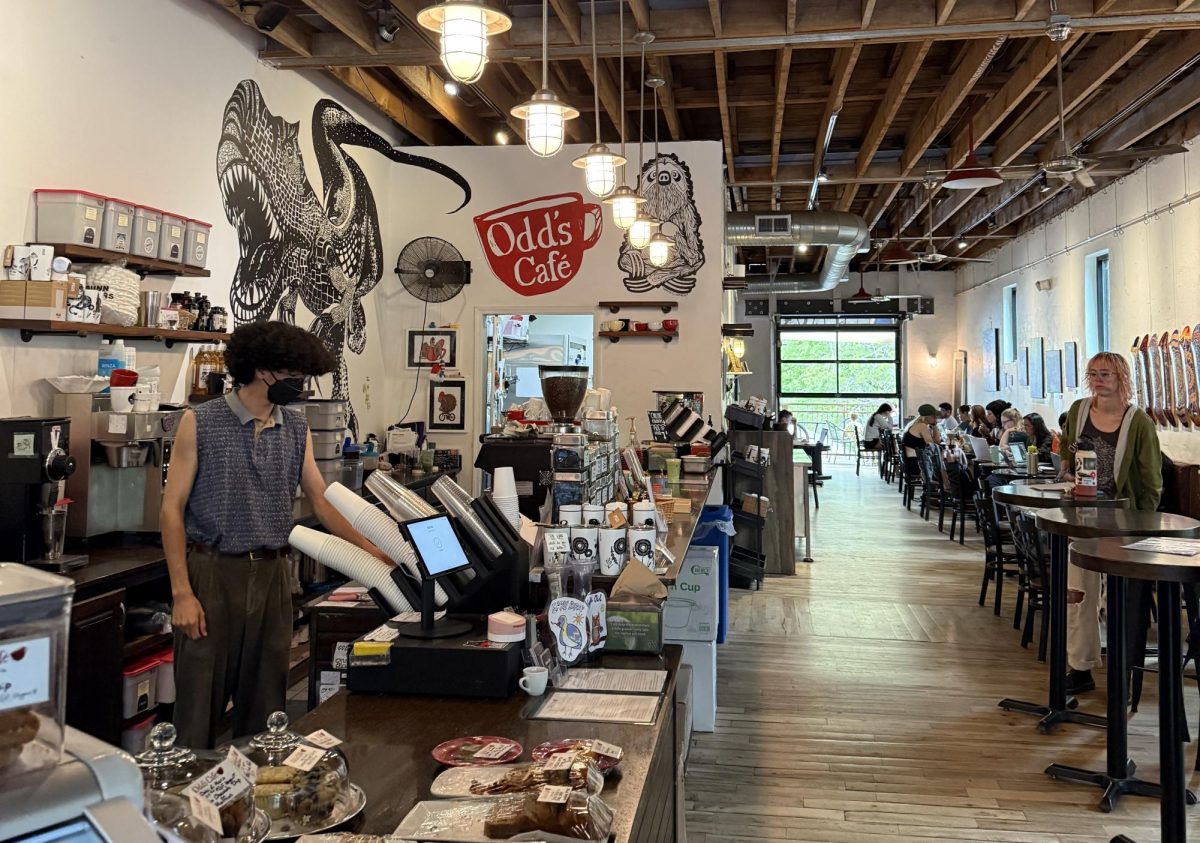




Jackson Soult • May 9, 2017 at 6:58 am
This blog was… how do I say it? Relevant!! Finally I have found something which helped me. Many thanks!|
Grace Morning • May 8, 2017 at 5:21 pm
I relish, lead to I found exactly what I used to be looking for. You have ended my four day long hunt! God Bless you man. Have a great day. Bye|
Velma Cuello • May 8, 2017 at 3:36 pm
I’m not sure why but this web site is loading very slow for me. Is anyone else having this problem or is it a issue on my end? I’ll check back later on and see if the problem still exists.|
zdubbingujmyĹĽ • May 2, 2017 at 7:30 pm
Greetings from Colorado! I’m bored at work so I decided to browse your website on my iphone during lunch break. I love the knowledge you provide here and can’t wait to take a look when I get home. I’m surprised at how fast your blog loaded on my mobile .. I’m not even using WIFI, just 3G .. Anyhow, great site!
Marcelo Ferrence • Apr 27, 2017 at 5:54 pm
Hey! Do you know if they make any plugins to assist with SEO? I’m trying to get my blog to rank for some targeted keywords but I’m not seeing very good gains. If you know of any please share. Kudos!|
Glady Koh • Apr 27, 2017 at 4:45 pm
Unquestionably believe that which you said. Your favorite reason seemed to be on the internet the simplest thing to be aware of. I say to you, I certainly get annoyed while people think about worries that they plainly don’t know about. You managed to hit the nail upon the top and also defined out the whole thing without having side-effects , people could take a signal. Will likely be back to get more. Thanks|
Cyrus Brochard • Apr 27, 2017 at 3:19 pm
I really like your blog.. very nice colors & theme. Did you design this website yourself or did you hire someone to do it for you? Plz answer back as I’m looking to construct my own blog and would like to find out where u got this from. appreciate it|
Lionel Obleton • Apr 27, 2017 at 8:06 am
Very shortly this web site will be famous among all blog users, due to it’s fastidious content|
Lory Maroon • Apr 27, 2017 at 7:34 am
Wow, this article is good, my younger sister is analyzing such things, therefore I am going to tell her.|
Mittie Favorito • Apr 27, 2017 at 6:12 am
I always emailed this blog post page to all my contacts, because if like to read it then my contacts will too.|